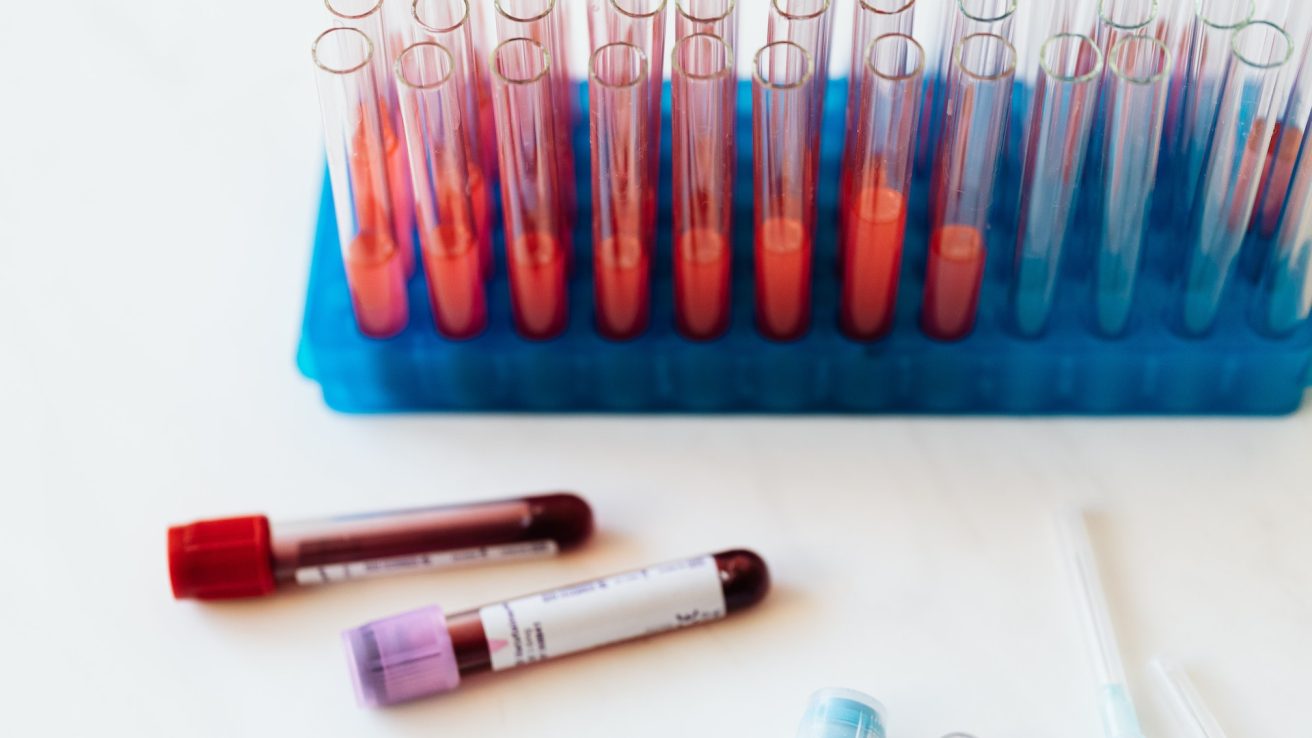A recent study provides a topical review of double-negative neuromyelitis optica spectrum disorder.
Neuromyelitis optica spectrum disorder (NMOSD) is an autoimmune disease with a predisposition for the optic nerves and spinal cord. Most NMOSD patients are seropositive for aquaporin-4-antibody (AQP4-IgG) or myelin oligodendrocyte glycoprotein antibodies (MOG-IgG); those who are negative for both are termed double-negative (DN) and lack a diagnostic marker. DN NMOSD is a syndrome rather than a single disease, with a heterogeneous clinical picture and distinct treatment requirements.
A study in the Multiple Sclerosis Journal reviewed the different aspects of DN NMOSD.
Diverse Demographics
The proportion of DN patients among AQP4-IgG-negative NMOSD patients varies from 0% to 79%, depending on cohort selection and assay type used. Less accurate assays might misdiagnose seropositive patients as seronegative. The median onset age of DN NMOSD in this review ranged from 32 to 43 years. DN patients have similar sex ratios or a slight female predominance and reflect the racial background of the population in contrast to the marked female and Black or Asian predominance in AQP4-IgG-positive NMOSD.
Complex Disease Characteristics
Cerebrospinal fluid (CSF) pleocytosis was reported in 17–50% of DN patients, supporting lymphocytic central nervous system activation. Proinflammatory cytokines are significantly elevated in DN NMOSD, similar to AQP4-IgG+ NMOSD. Whether DN NMOSD is an astrocytopathy, like AQP4-IgG+ NMOSD, remains unclear.
Unlike AQP4-IgG+ NMOSD, DN can be monophasic; the proportion that becomes relapsing varies from 24% to 86%. Consideration of NMOSD mimics is important in those with relapsing disease. DN patients experience the simultaneous occurrence of optic neuritis and longitudinally extensive transverse myelitis (LETM) more frequently than AQP4-IgG+ patients but less than those with MOG-IgG. Attacks in DN disease result in similar or worse residual disability than in AQP4-IgG+ NMOSD and MOG antibody-associated disease (MOGAD).
DN patients with limited forms of NMOSD present a major diagnostic challenge. Considering the interval between symptom onset and scan and scrutinizing axial cord images is crucial to differentiate these cases from multiple sclerosis (MS). Broadening the future research inclusion criteria will help elucidate DN disease with overlapping features.
Distinctive Imaging Criteria and Laboratory Findings
Antinuclear antibodies were positive for 4.6–48% of DN patients, compared to around half of AQP4-IgG+ patients. Unmatched CSF oligoclonal bands were observed in 8–23% of DN patients, which is lower than MS.
In accordance with magnetic resonance imaging criteria, DN NMOSD is characterized by longitudinally extensive cord lesions and brain imaging not suggestive of MS. Brain imaging features observed in seronegative NMOSD include extensive hemispheric white matter lesions, diffuse splenium lesions, and lesions adjacent to the fourth ventricle. LETM is a prerequisite, according to imaging criteria, for a DN NMOSD TM attack. DN NMOSD LETM lesions tend to involve the cervical and thoracic cord, are central in location, and are, on average, shorter than those in seropositive NMOSD cases.
Relapsing DN NMOSD patients can be classified into four patterns based on clinical, lab, and imaging features: MS-like, spinal MS-like, classic NMOSD-like, and NMOSD-like with brain involvement. “MS-like” patients showed significantly lower N-acetyl aspartate than “classic NMOSD-like” patients.
Current Treatment Strategies and Future Perspectives
Only limited evidence is available to guide treatment in DN NMOSD, and acute attacks are mostly treated with the same therapies used in AQP4-IgG+ NMOSD and MOGAD. Currently, no relapse preventive agents are approved for DN NMOSD. Tacrolimus showed a reduction in relapse rate in a retrospective study. Studies suggest DN patients are less corticosteroid-responsive during relapse than MOGAD patients.
MS disease-modifying therapies are avoided as they are ineffective or exacerbate relapses in NMOSD. Anti-B-cell therapies may be an alternative for MS/NMOSD overlapping syndromes. First-line therapy with glucocorticoids, azathioprine, mycophenolate mofetil, rituximab, methotrexate, and mitoxantrone may be used.
Source:
Wu, Y., Geraldes, R., Juryńczyk, M., & Palace, J. (2023). Double-negative neuromyelitis optica spectrum disorder. Multiple sclerosis (Houndmills, Basingstoke, England), 13524585231199819. Advance online publication. https://doi.org/10.1177/13524585231199819










